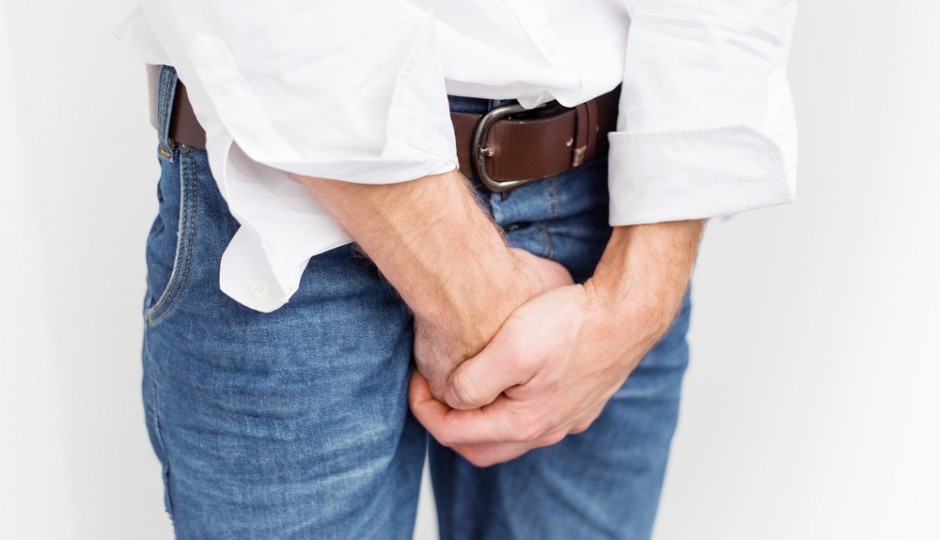Attention Tinder Enthusiasts: Philly Is 4th Most “Sexually Diseased” City in the U.S.

Shutterstock.com
[Updated at 3:40 p.m. with 2014 data and comments from a public health expert.]
It looks as though Philadelphia-area residents are more likely to be diagnosed with having sexually transmitted diseases like gonorrhea, syphilis and chlamydia than are residents of almost any other city in the nation.
This news comes from a somewhat bizarre source; the website RentApplication.com, which used Centers for Disease Control data to create a national STD map and a companion 10-worst list. But there’s no tricky methodology here. It’s just a copy and paste of quite reliable CDC data slapped into a map. And while it’s a transparent marketing ploy for RentApplication.com, it nonetheless shines a light on just how bad Philadelphia’s public health problem with STDs has become.
Philadelphia’s high ranking is all the more remarkable given that the list isn’t limited to big cities. The map includes data for thousands of communities, and even so, Philadelphia ranks 4th most “sexually diseased,” behind Montgomery, Alabama, St. Louis, and West Memphis.
Philadelphia’s Public Health department has had some big wins in other areas — reducing smoking, for instance — but STD case rates have spiked over the past decade. The data looks somewhat better in the last two years, with declines in gonorrhea and chlaymdia.
What’s going on here? Why is Philadelphia such a hot spot for sexually transmitted diseases?
Well, STD prevalence is strongly correlated with high poverty levels and STD-exposure risks are considerably higher in minority communities. According to the CDC, Latinos are four times as likely as Whites to be infected with syphilis, for instance, while African Americans are eight times as likely. Philadelphia of course has one of the higher poverty rates of any big U.S. city, and it’s majority-minority city.
Teens in Philadelphia also tend to start having sex at an earlier age than teens in other cities, says Melinda Salmon,who heads up the city’s STD prevention efforts.
And so in recent years, the city’s STD programs have focused on adolescents. Take Control Philly is a teen-oriented condom distribution program that makes it easy for sexually active teens to get a wide variety of condoms by mail, at schools or at over 100 other sites in the city. Salmon credits the program for recent reductions in reported cases of chlamydia and gonorrhea.
The RentApplication.com map didn’t include 2014 figures, which are somewhat more favorable for Philadelphia than the 2013 numbers. But Salmon doesn’t think the city would rank all that much better in 2014. One possible explanation for the city’s high STD rates even compared to other high poverty communities? The city’s intense testing and reporting program, particularly around adolescents. “We probably test a lot more at-risk people than some other cities,” Salmon says.
But there’s no getting around the fact that Philadelphia has a very serious problem with STDs, and while public health programs can help, there’s only so much government can do.
“We really have to to address poverty in order to have a huge impact on a lot of these health issues,” Salmon said.